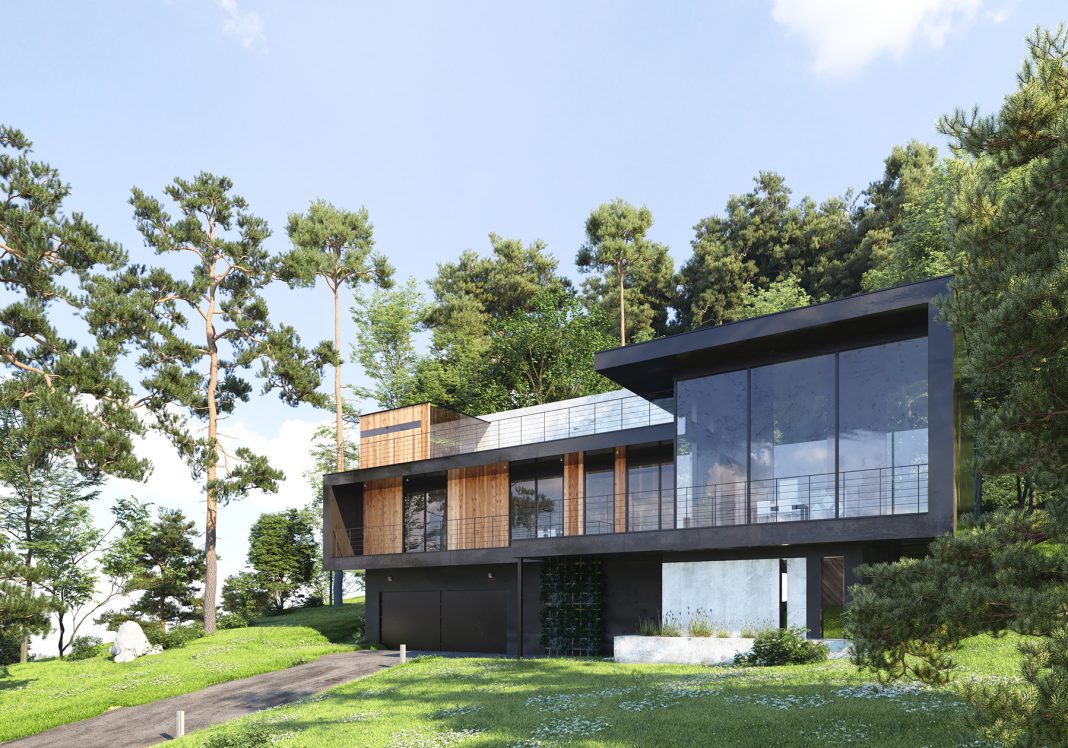From Phil Slinger, Chief Executive, CAB
There has been quite a bit of speculation in the press recently with regard to the impending changes to Document L and how it will affect the Industry. The Council for Aluminium in Building has been active asking its members what it means for them and how they will cope with the substantial shift towards more thermally efficient systems.
Since the last change to window U-values in Approved Document L1A back in 2014, little has changed, but, that is all set to change with the introduction of the Government Future Homes Standard Consultation. The CAB team have been working with members to determine what these changes will mean for the Industry and how practicable they are to achieve and whilst the legislation is primarily for dwellings, it is likely that commercial buildings will closely follow the incoming regulations.
It is likely that the updated Approved Document Part L will be finalised and released at the end of 2021 to be introduced into legislation early in 2022, this will likely mean the introduction of window systems having to meet a lower U-value of 1.2 and the introduction of triple glazing. Following this introduction, it is likely that Approved Document Part L will be further revised in 2025 taking window U-values down even further to 0.8. The changes are the result of the Government mission to achieving net zero carbon by 2050 and ensuring that new homes are built to be “zero carbon ready” as the National Electricity Grid decarbonises.
The feedback from members clearly shows that in both the growth markets of commercial and residential work across the sector is of ‘great importance’, with a bias towards commercial installations, which is to be expected as aluminium has traditionally been used for commercial fenestration for many decades. What is surprising is the high level of importance for the use of residential aluminium, this is likely due to aluminium’s continued specification in high rise apartments and in high end residential applications.
While some 25% of respondents felt that the proposed changes to Part L did not present any major issues, with suitable products already available, some 50% do see a challenge, either large or small, requiring investment in new product development. Issues highlighted included the challenges of maintaining cost competitiveness with other materials and education of the supply chain. The ability of sliding/bi-folding doors to meet the U-values proposed was of particular concern. The feedback reflects that some of the larger systems companies, especially those who operate in Europe, already have systems suitable for Passivhaus applications, it is the smaller systems companies who have a few well respected systems, that will need investment to meet these future needs. Until now the Passivhaus market in the UK has been very small and development to meet the requirements has not be justifiable for these companies.
The survey confirms that costs will become an issue as the industry moves towards triple glazing, wider and heavier framing systems with hardware to match. Whilst hardware manufacturers have no major concerns with the changes, there is concern from members that fabricators and installers will need to be educated in new methods of construction and installation techniques to ensure compliance. Members also comment that such is the shift in thermal performance, many of the systems used today, will simply fall into obsolescence as they will not meet the levels of thermal performance required. Members are also concerned that doors will be particularly difficult to design to meet the new legislation and this may see large sliding doors with slim frames increasingly being specified over the more popular sliding folding systems.
The consultation with members has instigated the launch a new Working Group of the CAB Technical Committee to focus on Part L (and Part F). If you are a member of CAB and wish to join the working group please contact CAB, if you are not yet a member please consider joining the Association and have your say about the future of fenestration in the UK.












